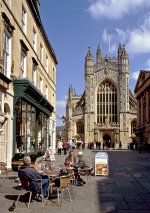drjoke
Well-known
If you scan negatives then jack up contrast, it's pretty close to slides. Plus, you get expanded dynamic range. You can also jack up saturation. It is also much easier to scan. It's all quite easy to do in Aperture.
With this assumption, would you say negatives get you better results than slides? Or negatives gets you good results easier/more consistently than slides?
With this assumption, would you say negatives get you better results than slides? Or negatives gets you good results easier/more consistently than slides?



